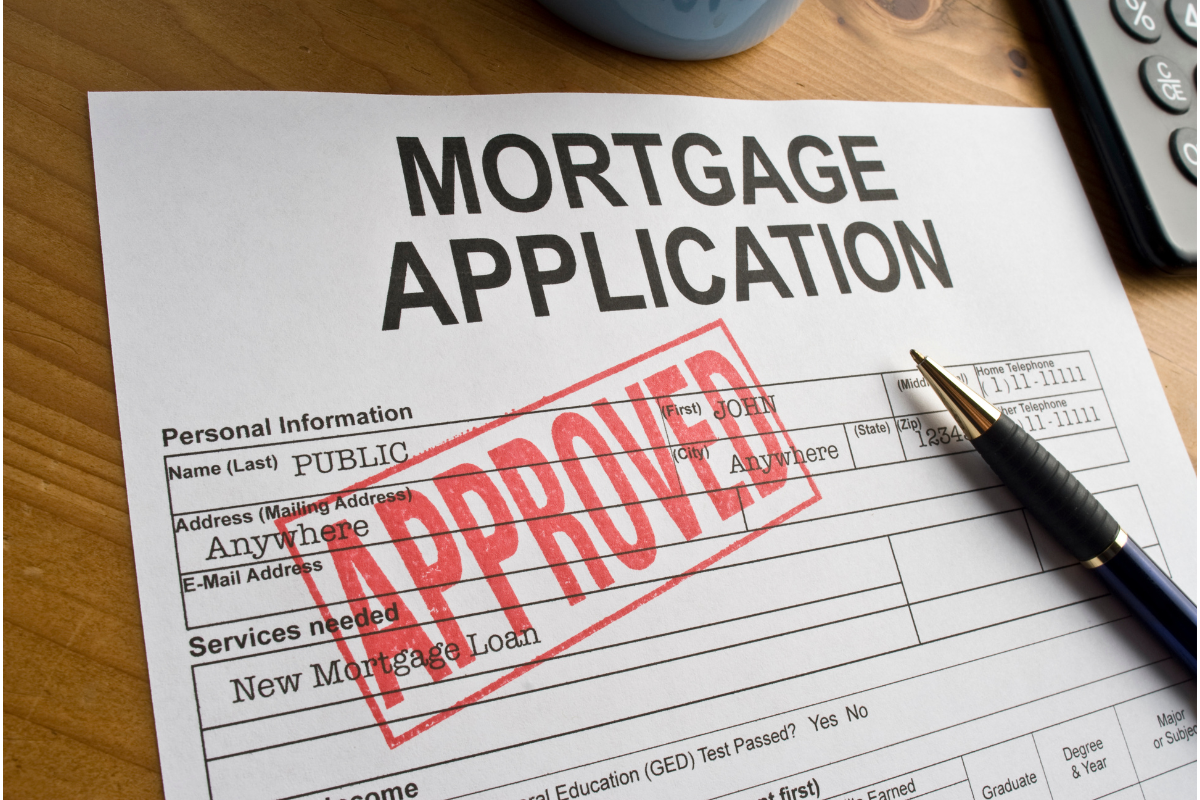The better the deal you get on your mortgage, the less money you’ll spend in the course of repaying that loan.
Here, we’ll talk about how to shop for a mortgage so you can walk away with the best deal possible.
How do you shop around for a mortgage?
Shopping for a mortgage may seem complex, but if you know the right steps, it’s not too difficult. Here’s how to go about the process.
1. Get your finances in order
Your goal should be to secure the lowest mortgage rate possible. The stronger a home loan candidate you are, the more likely you are to get a great offer from a mortgage lender.
Before getting started, make sure you have:
- A strong credit score, or FICO® Score. 620 is generally the minimum credit score needed for a mortgage. To get a great rate, you’ll generally need a score in the mid-700s or above.
- A low debt-to-income ratio — you don’t spend most of your income on debt payments.
- A steady job
- Funds available for a down payment (ideally 20% of the cost of the home you’re looking to buy)
If you’re a borrower who does not tick all these boxes, you may still qualify for a mortgage. However, you’ll want to look for a low down payment loan or a mortgage for bad credit.
2. Figure out what you can afford
To effectively do your rate shopping, you’ll need to know how much of a mortgage to ask for. Use a mortgage calculator to crunch the numbers and see how much house you can really afford. You can put in various loan amounts and mortgage rates to run different scenarios. Your monthly payment will also depend on your loan term, which is the length of time you’ll take to repay the loan.
3. Reach out to different lenders
A big part of rate shopping is reaching out to different mortgage lenders to see what each can offer you. To get started, ask for recommendations from friends who recently closed on a mortgage, research lenders online, or use a mortgage broker. You should reach out to different refinance lenders if you’re looking to refinance an existing mortgage, too.
4. Compare your offers
Once you receive offers from different mortgage lenders, you’ll need to compare your options to see what makes the most sense for you. Each lender will provide you with a loan estimate after you apply, and you’ll want to look out for these important factors:
- Rates. Each lender sets its own interest rate, and you may find that one offers a lower rate than another. A lower rate means a lower monthly mortgage payment.
- Closing costs. These are the fees you’ll be charged to finalize your loan, and lenders generally have flexibility in setting their own costs. You may even find some lenders are willing to come down on closing costs if you negotiate.
- Mortgage points. These are an upfront fee you’ll pay in exchange for a lower mortgage rate. Each point you buy generally costs 1% of your loan amount and reduces your interest rate by 0.25%
Be sure to look at all three factors when making your decision. One lender could charge a much lower interest rate, but charge higher closing costs as well as points in exchange for that more competitive rate.
Is it smart to shop around for a mortgage?
Definitely. There’s no way to know whether you’re getting a good deal on a mortgage unless you shop around. Also, some lenders may be willing to compete for your business, so if you gather multiple offers, it gives you more negotiating power.
Does it hurt my credit score to mortgage shop?
Each mortgage application you submit will result in a hard credit inquiry. That’s because each lender will need to do a credit check to see if you’re a good loan candidate. A single hard inquiry should only lower your credit score by a few points, whereas many hard inquiries could cause more damage. However, if you apply for multiple mortgages within the same 14 days, and each mortgage lender pulls your credit report during that time, it will count as a single hard inquiry — protecting your score.
When should I start shopping for a mortgage?
It’s best to get pre-approved for a mortgage loan before you start looking at homes. That way, you’ll have a sense of how much you can afford to spend. You’re also more likely to be taken seriously by sellers. That’s especially important in a competitive housing market. In fact, it’s a good idea to get pre-approved by more than one mortgage lender, and that way, you can compare loan terms.
That said, mortgage pre-approval doesn’t guarantee a loan. Once you’re ready to make an offer on a home, you should shop around quickly and apply for a mortgage. You don’t want to apply for a mortgage before you’re ready to buy a home, because the interest rate you lock in will only be guaranteed for a certain amount of time. You can generally lock in a rate for 30 days, but sometimes longer. But you should get pre-approval offers from different lenders so that once you’re ready for an actual mortgage, you’ll know where to focus your efforts.
To recap, here’s how to shop for mortgage rates:
- Get your finances in order
- Determine how much of a mortgage you can afford
- Contact different lenders
- Compare your offers to find the best one
Whether you’re a first-time home buyer or you’re an experienced refinancer, it pays to do some mortgage shopping before accepting an offer. Follow these steps to increase your chances of coming away with the best mortgage option for you.
Source: fool.com ~ By: Maurie Backman ~ Image: Canva Pro
